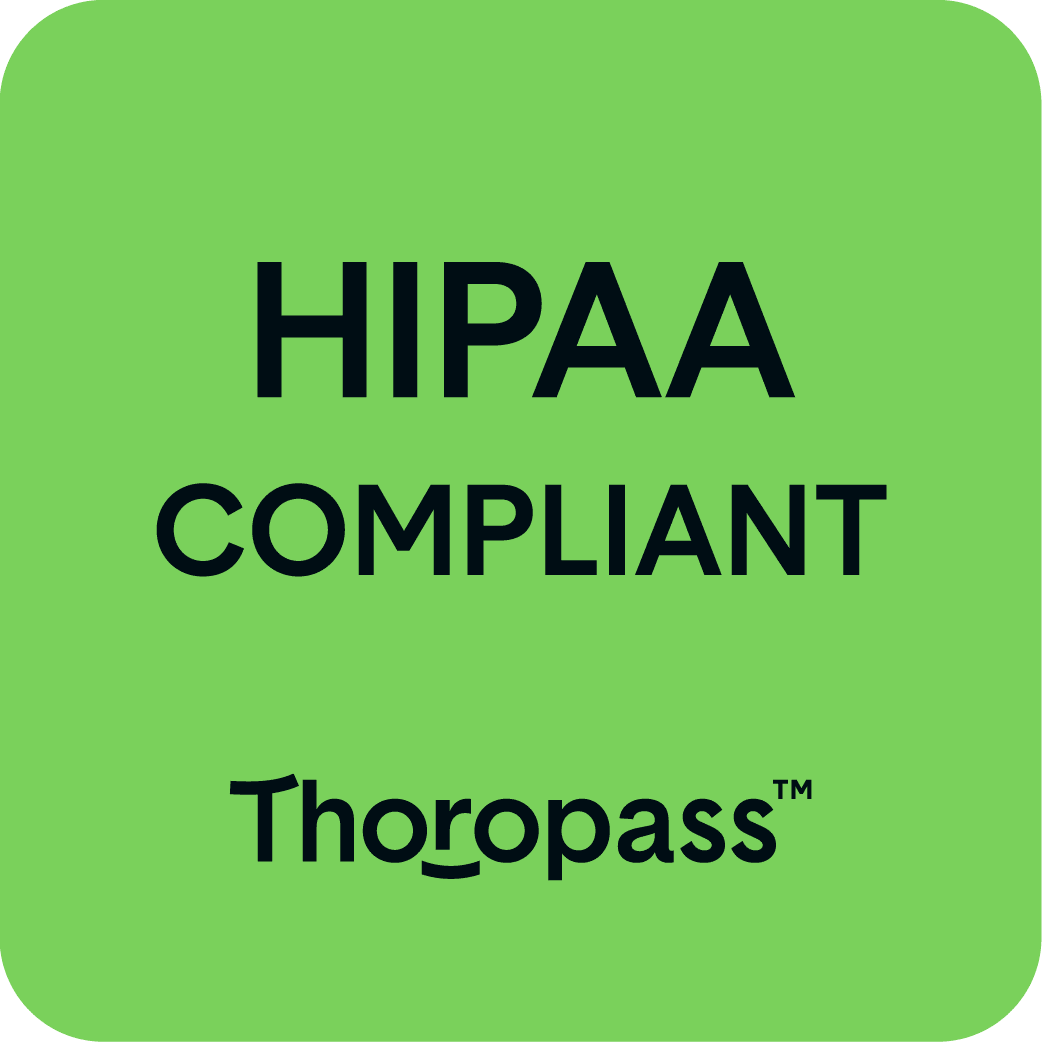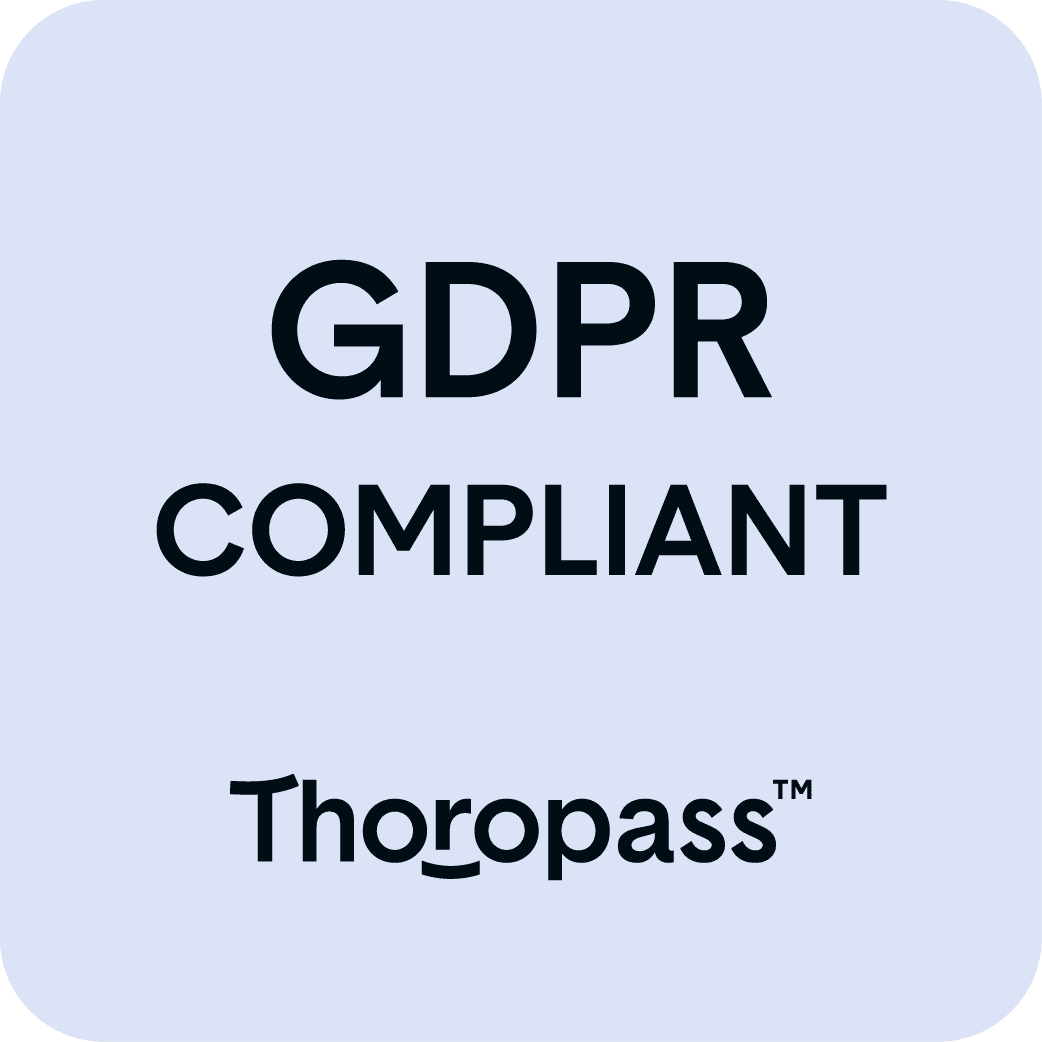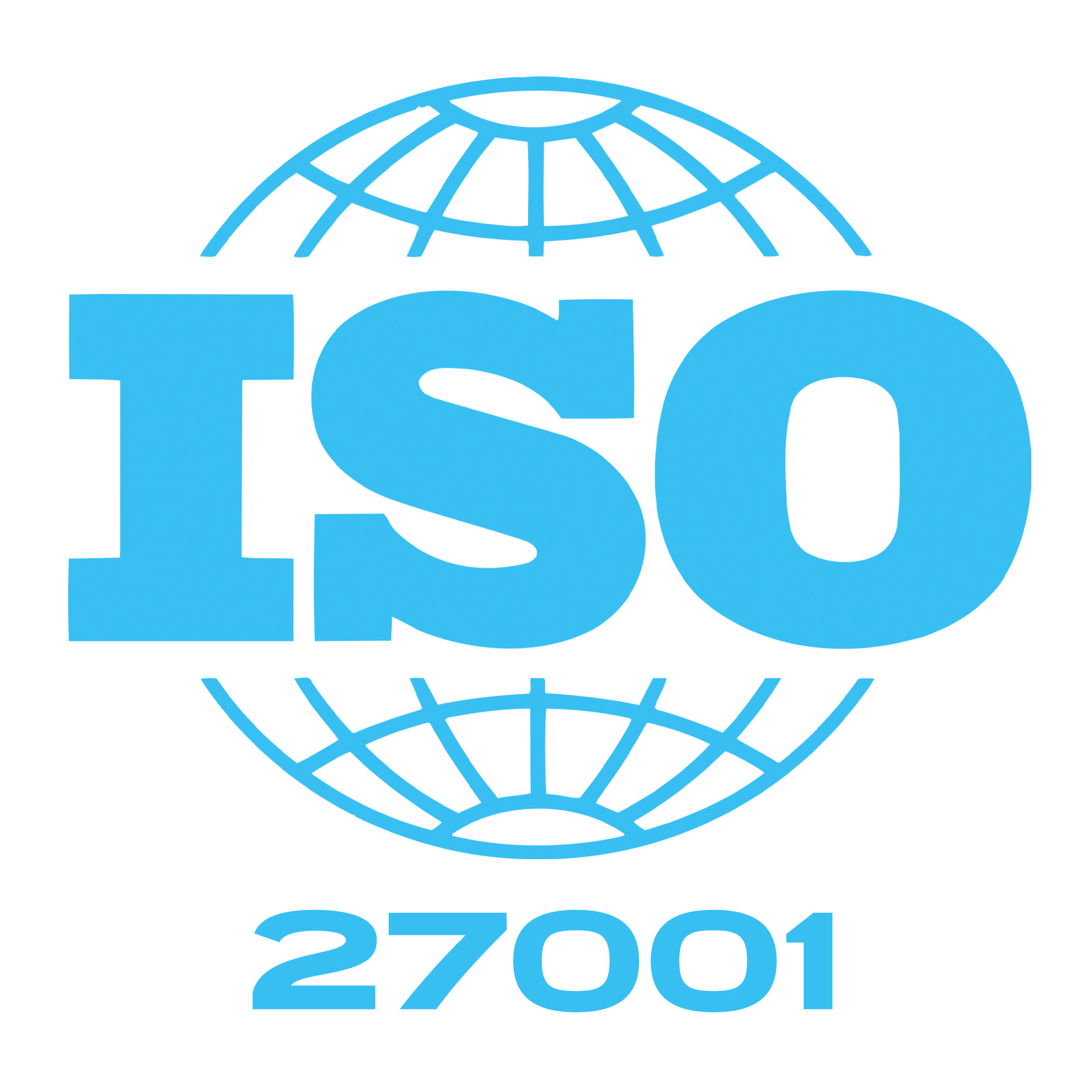How Hippo Virtual Care Can Save Time and Lives with Telestroke
Facial drooping, one-sided weakness, and difficulty with speech are familiar warning signs of a stroke, the second most common cause of death and disability in the world. Even with increased awareness of the warning signs, high patient volumes, limited numbers of specialists, and geographic determinants remain major barriers that negatively impact outcomes for patients who have a stroke.
The first minutes to hours after a stroke occurs are critical. The sooner the correct treatment can be given, the better chance there is of reversing damage and preventing permanent/lasting disability. Today, the majority of strokes can be treated with an IV thrombolytic agent to help reverse or prevent symptoms and permanent disabilities, if administered within hours of symptoms.
Even with available treatments, patients face long wait times and “care deserts” due to a shortage of neurological specialists. For stroke patients, time is the difference between life and death. There is a narrow window for treatment to achieve the best success of recovery. This shortage is already producing higher mortality rates for stroke patients in rural areas versus urban. Enhancing access to stroke specialty care may help decrease these disparities as patients treated in stroke facilities have a 21% lower mortality rate than those treated in general wards.
Telestroke enables a collaborative care model for swift treatment
Telestroke can help improve patient access to this specialized care, decreasing mortality rates around the globe. This specialized virtual care model uses a rapid virtual examination via audiovisual communication to provide the foundation for a collaborative diagnostic and care model. It can help augment medical care at hospitals, emergency departments, and locations that do not have on-site stroke specialists, expanding the resources available to patients.
When time is of the essence, telestroke care can give patients immediate access to specialists during a crucial, narrow timeframe, reducing the time to diagnosis and allowing for rapid treatment. Additionally, this virtual care method can also increase a facility’s capacity for treating stroke patients as it reduces the amount of time needed for specialists to “see” patients and increases the number of specialists available to a facility. All of which results in faster administration of crucial care and more lives saved.
Hippo’s Virtual Care™ platform fills the gap in current Telestroke technology
Hippo is a global leader in wearable technology for clinicians. Our hands-free, voice-activated headsets deliver a “through the eyes of the clinician” viewpoint, allowing healthcare providers to communicate in real-time with remote colleagues for consultations with specialists. With our telestroke services, on-site caregivers and nurses can connect with a remote-based stroke care team, enabling faster triage, smarter clinical decision making, and reducing clinical errors through collaborative care.
Recent research has shown that only 91% of the US population can access a stroke-ready hospital by ambulance within one hour. This number increases to 96% with the use of telestroke services. The American Heart Association’s Stroke Council issued new guidance in 2020, establishing that increased access to telestroke services should be a goal for hospitals around the country. This new guidance was based on experience during the COVID-19 pandemic when many patients were unable to access care and hospitals were trying to decrease exposure rates. By having an established virtual care option, patients can still receive the care they need even if they are unable to reach a comprehensive stroke center by allowing the specialists to provide remote guidance to the primary team for initial management.
The key benefit of the Hippo platform is that unlike conventional telehealth modalities (videoconferencing via a phone, tablet or laptop computer), Hippo’s Assisted Reality headsets provide a “you see what I see” perspective, allowing a remote specialist working in collaboration with an onsite caregiver to orientate and examine a patient as if they were actually there in person. They can remote control the headset and HDR video camera, allowing you to zoom in, adjust lighting, and communicate seamlessly with the caregiver who can operate hands-free and focus on the patient. Video and image capture and store-and-forward functionality enable images to be stored in the cloud for future training purposes, and integration with connected devices allows for real-time data capture and review, remotely.
Telestroke services can also help patients beyond acute stroke care, as many patients will need long-term care and management. Symptoms such as memory issues, trouble speaking, weakness, difficulty swallowing, and trouble sleeping may be present for weeks after a stroke. Follow-up care during this time is important to ensure the patient is receiving the correct therapy and rehabilitation.
At Hippo, our team is ready to support hospitals around the world expand access to high-quality stroke care quickly and effectively.





